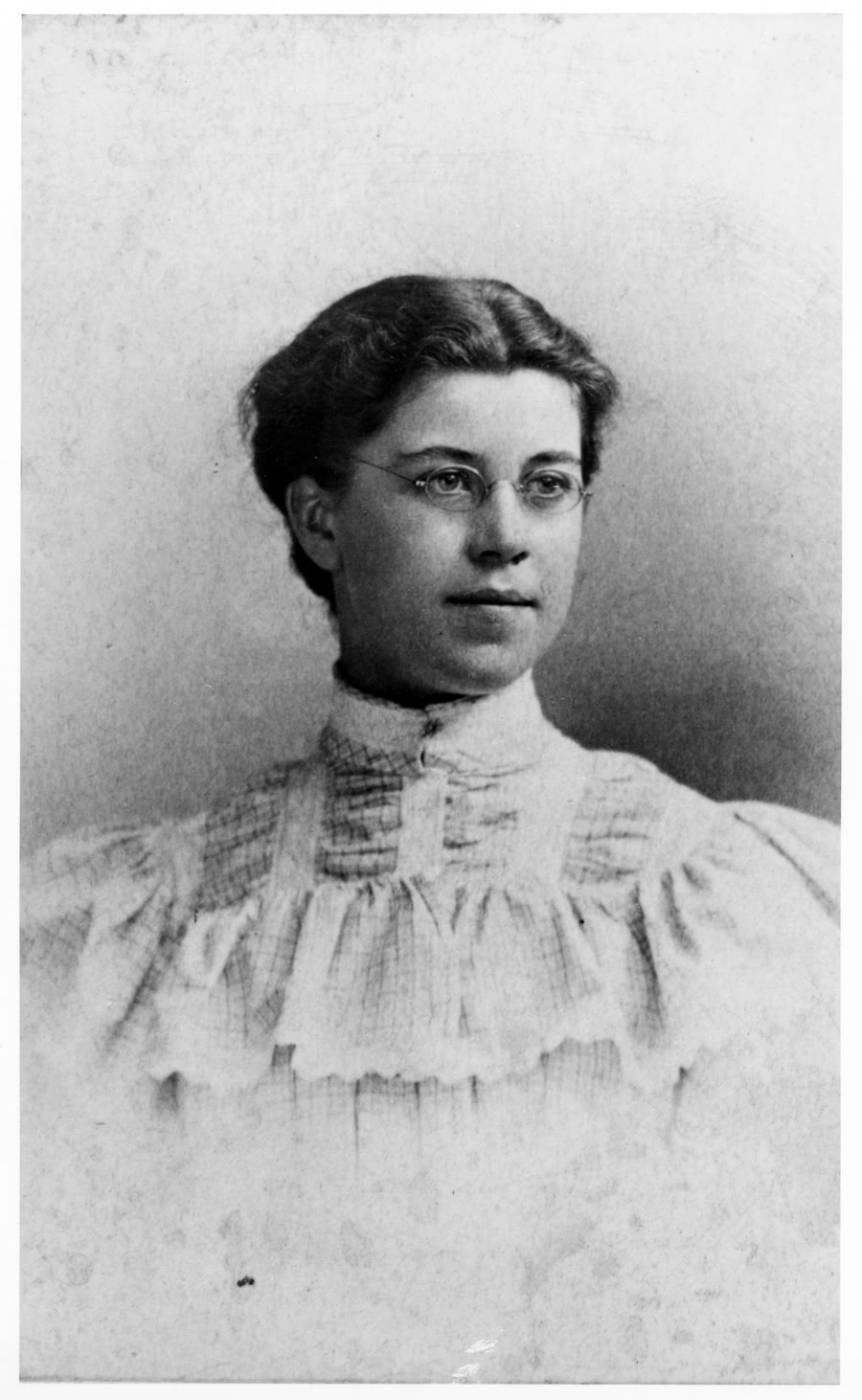Katharine Wright was born on 19 August 1874 in Dayton, Ohio (USA), and was the youngest of the surviving Wright siblings.
Unlike many women of her time, Katharine pursued higher education and graduated from Oberlin College in 1898. She later worked as a schoolteacher and became a highly respected figure in her community.
In addition to her career, Katharine managed the household she shared with her father and four older brothers after their mother passed away when she was only 15.
If that wasn’t impressive enough, Katharine’s salary as a language teacher was the main financial support for her famous brothers’ project. She even took part in the construction of the Flyer I.
Orville and Wilbur often acknowledged Katharine’s significant contributions, referring to her as “the third Wright brother” due to her vital support and presence.
After their successful first flight on 17 December 1903, Orville told the press that when people remembered the Wright brothers, they should also remember Katharine, as she was the inspiration and driving force behind their achievement.






